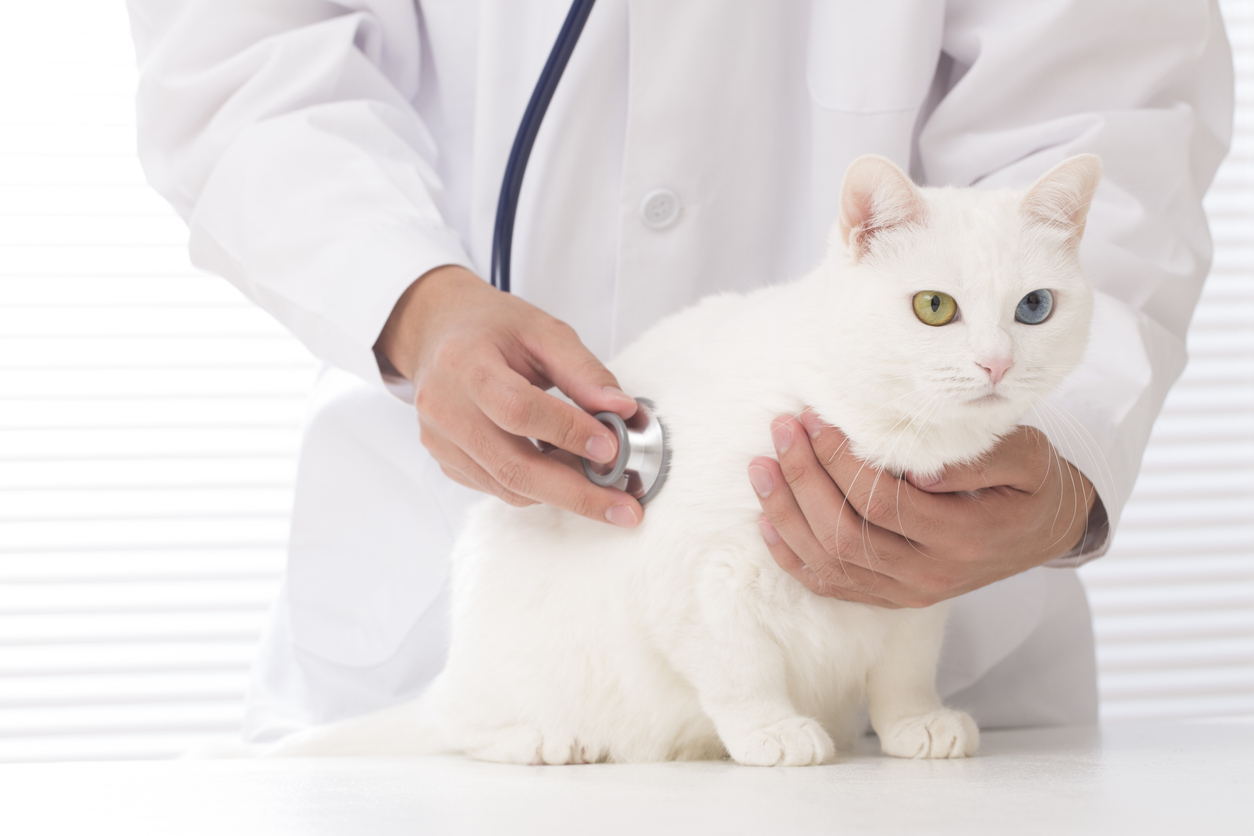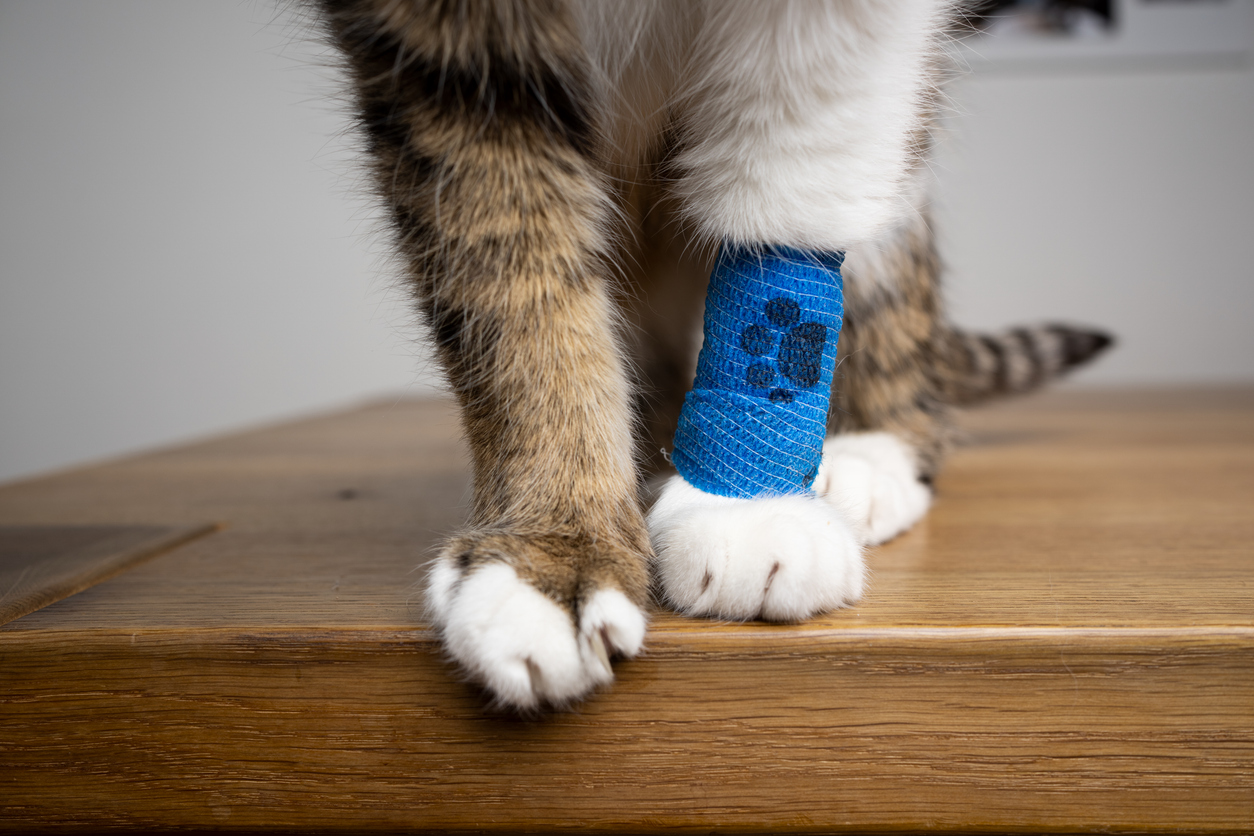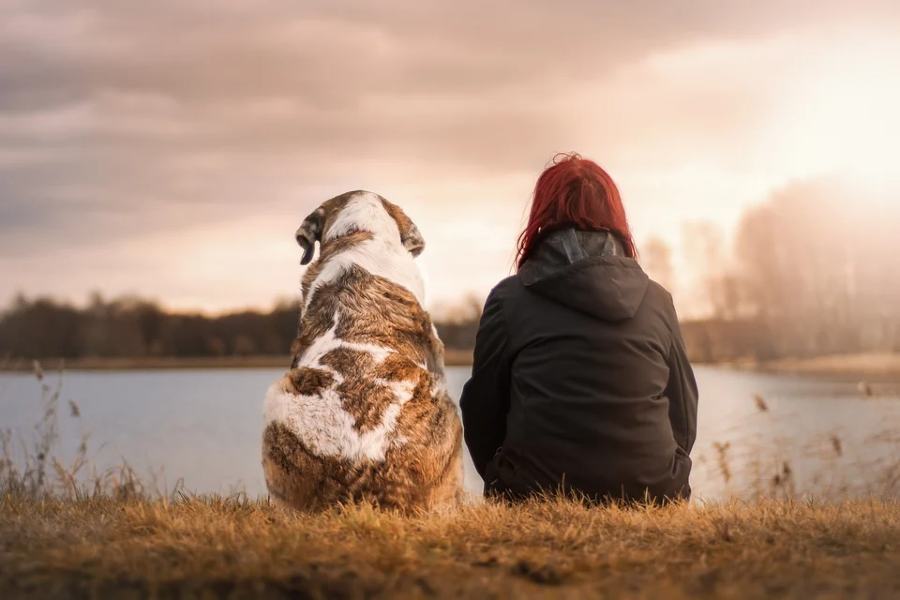Short Summarize
In a pet emergency, it’s crucial to recognize situations requiring immediate veterinary attention, such as severe bleeding, breathing difficulties, or ingestion of toxic substances. Administer basic first aid when necessary—apply pressure to bleeding wounds or perform the Heimlich maneuver for choking—but ensure your safety to avoid bites. Always have contact information for your regular veterinarian and the nearest emergency animal hospital readily available. Promptly transporting your pet to professional care can be lifesaving.
- Get Free quotes from the best pet insurers
- Protect your pets from harm and yourself from unexpected vet bills
- Claim exclusive discounts and offers from top providers

No-one wants to believe their pet will fall ill or get seriously hurt. Unfortunately, it can happen, and when it does, panic sets in. You don’t know what to do and while you try your best to care for your pet, you may make the situation worse. Knowing what to do in a pet emergency may just save your pet’s life. So, what should you do in a pet emergency?
What is Considered a Pet Emergency?
A pet emergency is an event that requires immediate treatment from a veterinary professional. As a new pet owner, it may be tricky figuring out what exactly constitutes a pet emergency. Luckily, the American Veterinary Medical Association has outlined more than thirteen scenarios that would require immediate attention.
So If you are unsure whether an incident is an emergency, reference these instances:
- Severe bleeding that does not stop within 5 minutes of the accident.
- Difficulty breathing, choking, or coughing and gagging that will not stop.
- Any bleeding coming from the nose, mouth, or rectum.
- Coughing up blood or blood in your pet’s urine.
- Inability to urinate, pass stool, or pain associated with urinating.
- Any injury to your pet’s eyes.
- If you think your pet has eaten anything toxic or poisonous, such as antifreeze, rat poison, chocolate, etc. Seizures.
- Your pet is staggering and cannot walk straight.
- Your pet cannot move its legs due to fractures or another injury.
- Your pet is in pain or is experiencing extreme anxiety.
- Signs of heat stress or heat stroke.
- Any severe vomiting or diarrhea. Specifically, if there are more than 2 episodes in a 24-hour period.
- Refusal to drink water for more than 24 hours.
- Your pet is unconscious.
Regardless of what is happening, you know your pet best. If you think there is something wrong with your pet, call your vet and ask them for advice. Your vet will tell you if the symptoms you are seeing warrant a vet visit or if they want you to wait before proceeding. In any case, you can at least schedule a visit later that day to get your pet checked out before your vet I closed.
First Aid Treatments for Your Pet
There are some circumstances that may require you to perform some first aid on your pet before you can get them safely to a veterinary clinic. For example, if your pet is bleeding severely, try to elevate the wound and apply pressure with a clean towel or any cloth.
If your pet is choking, place your fingers in your pet’s mouth to see if you can remove the object that is blocking your pet’s airway. If you don’t see the foreign object, you can perform a modified version of the Heimlich maneuver by giving sharp pressure to your pet’s chest to help dislodge the foreign object.
If you need to perform CPR on your pet after you have removed the foreign object, use the following steps to do a modified version of human CPR:
- Check to see if your pet is unconscious.
- Check to see if your pet is breathing.
- If your pet is unconscious and not breathing, place them on their side.
- Extend your pet’s head and neck.
- Hold your pet’s jaws closed.
- Blow into it your pet’s nose once every three seconds.
- For every breath, do three quick chest compressions.
- Repeat until your pet is breathing again.
After you have done first aid on your pet, you will still need to take them to the vet for follow-up care and to make sure there are no other underlying problems.
Where Do I take My Pet During an Emergency?
As a responsible pet owner, you should know exactly where to take your pet if an accident happens. When you first get a pet, you should look in your surrounding area to locate the closest emergency pet hospital.
When your pet gets injured, your routine vet may not have the tools or staff to take care of your pet. While you can always call them first to see if they can take your pet during an emergency, they may not always be the best option. Unfortunately, not all pet emergencies happen during business hours. Because your normal vet generally operates from 9:00 am to 5:00 pm, you may need to take your pet to a 24-hour emergency clinic if the accident happens on the weekend or after business hours.
Take the time to locate where the closest emergency vet is to make sure you can get your pet the care they need as quickly as possible without wasting precious time looking up the closest vet on your phone.
What Do I Do During a Pet Emergency?
When an accident happens, there are some simple steps that you can take to get your pet to an emergency clinic quickly and easily.
Remain Calm
The first and likely most important step in any pet emergency is to remain calm. If you are screaming, crying, yelling, or otherwise a panicked wreck, your pet will be stressed as well. Like humans, animals can sense when you are stressed or calm. So if you can remain calm when an accident happens, you can get them the care they need as quickly as possible.
Assess the Situation
First things first, ensure there is no further risk to the animal. If the animal is on the road, move them as quickly, but as safely, as possible. If the pet has ingested a foreign object or poison, make sure it’s taken away. Once your pet is out of harm’s way, assess the injury.
To assess how severe the situation is, ask yourself these questions:
- Are they able to walk? If not, you need to find a way to carefully move your pet to your car. If you can, grab a pet bed, box, or any other material that could hold your pet securely. You do Try not have to move them around too much in case there are broken bones.
- Are they conscious? If not, you need to safely transport them from the home to the veterinary clinic.
- Are they breathing? If you can feel the breath coming from their mouth or can hear them breathing, they are getting some oxygen. However, if you notice blue or purplish gums, then you should go to the vet right away.
- Are they vomiting? If your pet is vomiting uncontrollably for hours, it’s time to get to the vet to see what is going on.
- Are they lethargic? If your pet is not moving around or seems paralyzed in any way, take them to the vet immediately.
- Do you see large amounts of blood? If you see excessive amounts of blood on your pet, try to locate the source but get to your vet as soon as possible.
If you notice any of the above problems, it is important to remain calm and start the process of getting your pet to the vet.
Keep Your Pet Still and Warm
Depending on how seriously hurt your pet is, you need to ensure they keep as still as possible. If you have a larger animal, create a makeshift stretcher for them. For a smaller pet, place them in a transportation box and place a blanket over them. It’s essential to keep your pet as still and warm as possible.
This can be difficult if you are transporting your pet alone. When they are in the car with you, try to keep them on the front seat with your hand on them so that they stay still. Try using a blanket as this will not only keep them warm but placing the blanket securely around them will help keep your pet still.
Call Ahead to your Vet
While you want to rush your pet to the vet, it’s essential to speak to your vet first. If the animal is badly hurt, you shouldn’t move them until you’ve spoken to the vet. What’s more, as they can advise you on the best course of action. The majority of licensed vets will arrange an emergency appointment. Calling ahead will enable them to arrange the necessary treatment for your pet.
Regardless of if you can move your pet or not, calling your vet will help them prepare for you so that when you get your pet to the vet, you won’t have to wait around while they find someone to take your pet back for an examination. By calling ahead, you are ensuring fast and more efficient service.
Caring for Pets during A Non-Pet Emergency
What should you do if you have an emergency that doesn’t involve your pet? Who would care for your animal if you needed to leave them suddenly?
Having a plan in case of a non-pet emergency is essential. If you have to rush off and can’t take the pet with you, you will need someone reliable to leave the animal with. Ideally, you want to leave the pet with someone who’s good with animals and who has the facilities to home them while you’re away.
If you don’t have anyone reliable, then you may need to board them with a pet specialist. This, of course, will cost money, but there are many affordable options to board an animal. It’s crucial to have a list of kennels available.
Here are a few tips to help you during non-pet emergencies:
- Have a Fund for Appropriate Boarding Fees.
- If Leaving your Animal with Fellow Pet Owners, Ensure Both Animals Will Be Safe and Get Along Well.
- Ask Your Chosen Care Provider if They Offer Boarding Before an Emergency Occurs.
These simple tips may help you when the worst happens.
Always Be Prepared for Emergencies
Emergencies happen all the time and they can be very costly if you aren’t prepared for them. Fortunately, if you know what to do in those times, you may be able to avoid disaster. There are lots of ways to prepare for a pet and non-pet emergency. If your pet is hurt, it’s essential to contact a vet as quickly as possible. If it’s a non-pet emergency, you need to leave your pet with a suitable border or kennel. Knowing what to do in an emergency may avoid disaster later.
Final Thoughts
No one wants their pet to ever be involved in a pet emergency. However, accidents happen and you must be prepared. Once you have bushed up on the tips for basic pet first aid, learned what a pet emergency looks like, located the closest emergency vet to your location, and memorized the steps to follow during an emergency, you will be much more prepared should anything happen.

Pet Insurance 101: Selecting Coverage

How Pet Insurance Works?

How to Choose the Best Pet Insurance for Your Dog

How We Rate
FAQ
-
How to reduce the cost of pet insurance?Many pet owners want to find the most affordable pet insurance plan possible, while still getting the coverage they need. There are several ways in which you can cut down on the cost of your premium. One of the easiest ways is to choose the highest possible deductible when signing up for your plan, as this will reduce its overall cost. If you set the annual limit and reimbursement rates lower, the premium will also get cheaper. A lot of leading pet insurance providers may also offer discounts for multiple pets or loyal customers, and some even run programs where you can save money by looking after your pet better and taking it for regular check-ups.
-
What do I need to run a pet insurance quote?Getting a pet insurance quote from a leading provider like Hartville, Spot, or the ASPCA is very simple. The process can vary depending on which site you use and which provider you're working with, but usually, all you'll need to fill out the forms is the name of your pet, its species, breed, age, and perhaps size or weight as well. You'll also need to enter some contact information so that the quoted plans can be emailed over to you. After providing the necessary info, you should be greeted with a screen showing you your quoted premium, and you can usually make adjustments to things like deductibles, reimbursement rates, and annual limits in order to modify the details and cost of your plan.
-
Is Pet Insurance Worth It?When you realize that routine veterinary care can cost several hundred dollars and urgent treatment or surgery can cost thousands, it's clear to see that pet insurance can save you a lot of money in the long run. We all hope that our pets will stay happy and healthy for years to come, and it's easy to overlook the importance of pet insurance when your dog or cat is young and full of life. However, as animals get older, the risks of various health conditions, disorders, and diseases begin to rise, and many pets can be affected by all kinds of physical issues as they get older. Pet insurance can provide much-needed peace of mind to any pet owner, as well as potentially saving your pet's life someday.
-
Is Pet Insurance Tax-Deductible?There are some ways in which you might be able to claim tax deductions on your pet insurance or simply the general costs of owning your pet, but the circumstances for this can be quite specific, so you need to do your research and speak with experts to learn more. If you require a pet for medical reasons, for example, like a guide dog for a visually impaired person or a therapy dog, you might be able to make a claim. You might also be able to obtain a deduction if you use a guard dog at your business or you happen to be a professional animal breeder. In and of itself, insurance isn't usually deductible for most pet owners, but it's a possibility in some of these aforementioned special cases.
-
What are the Price Factors on pet insurance?
- Location – Your location will affect the price of your pet insurance, as pets living in densely populated cities are generally be seen to be at a higher risk of injury than those living out in rural locations.
- Pets age – The age of your pet can have a huge bearing on the cost of your pet insurance too, as older animals are more likely to develop health issues and therefore will be more expensive to cover.
- Pet's breed – The breed of your pet can also be a key factor in determining the total cost of your insurance. Certain breeds, especially big dogs, are more at risk of health issues and have shorter lifespans, leading to higher premiums.
- Selected deductible/reimbursement level – If you choose a higher deductible, meaning you'll be paying a larger amount each time you make a claim, you'll get a lower premium. Similarly, if you choose a lower reimbursement level, your premium will be cheaper, and vice versa.





